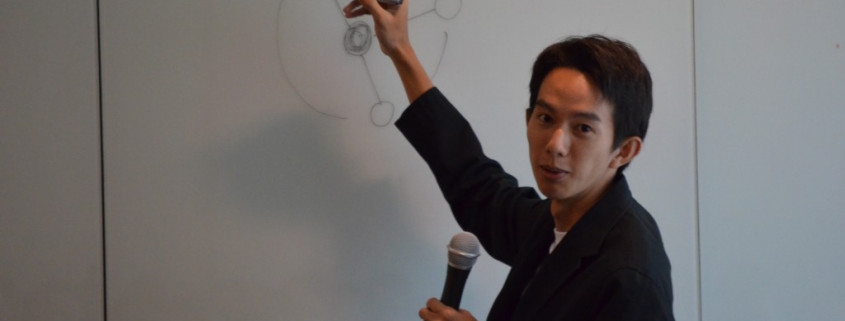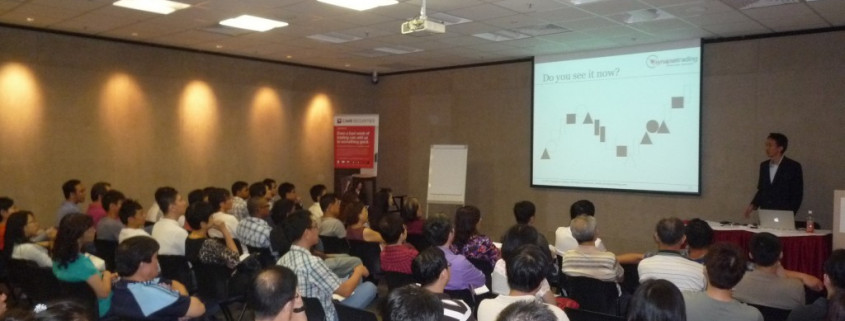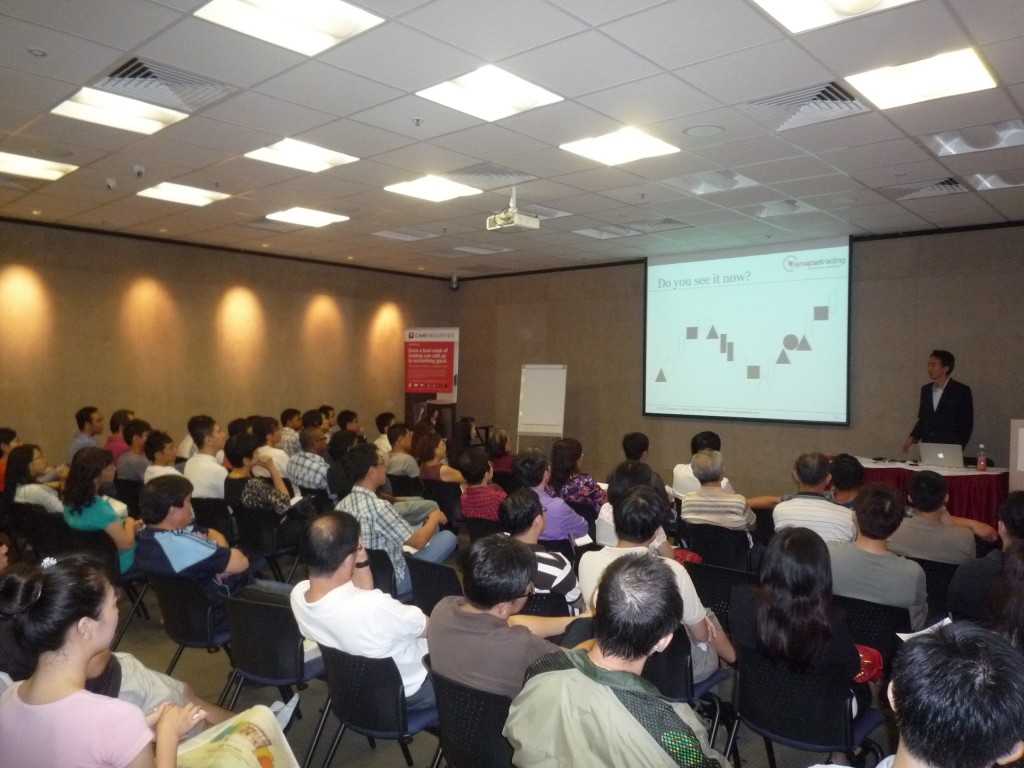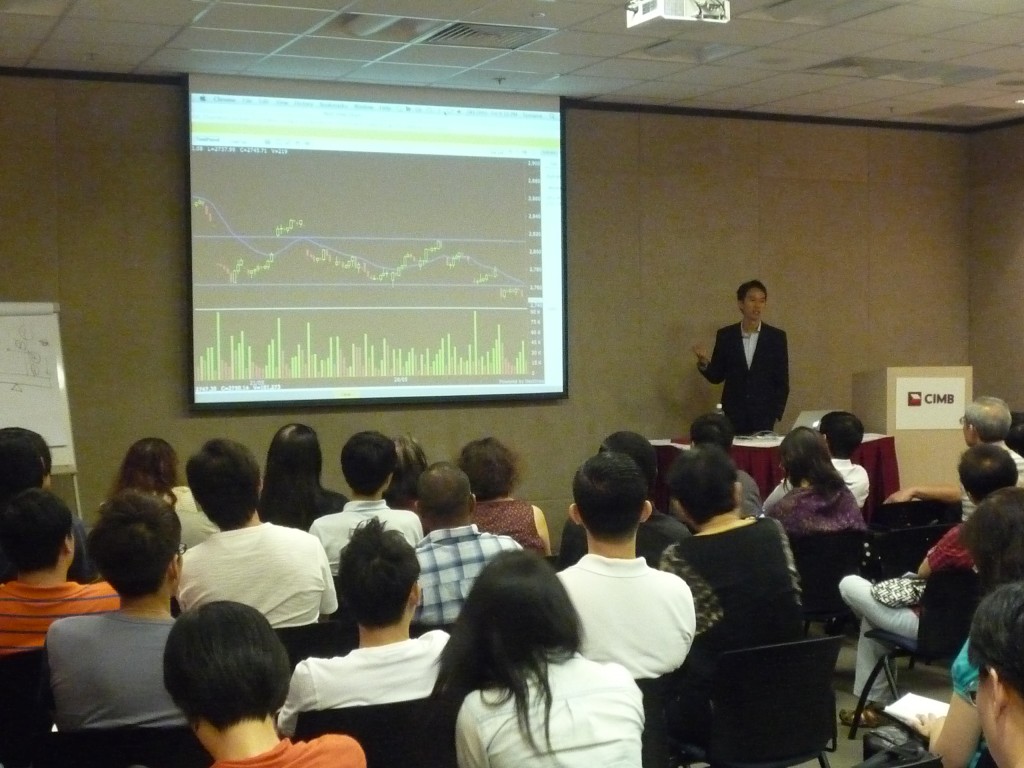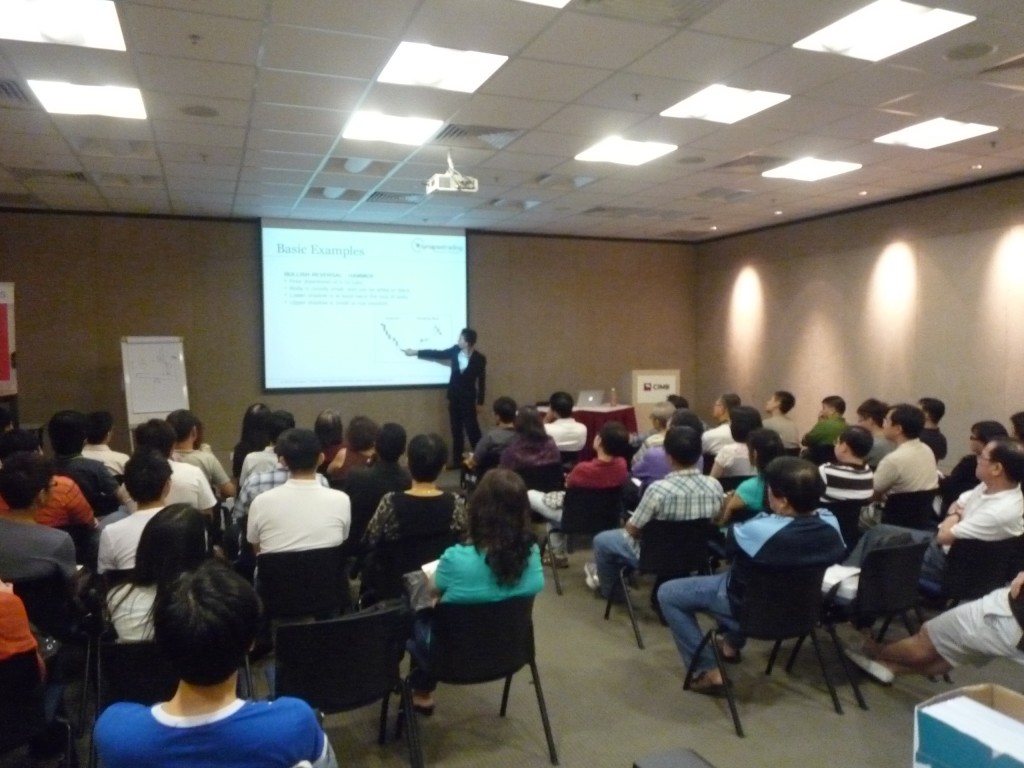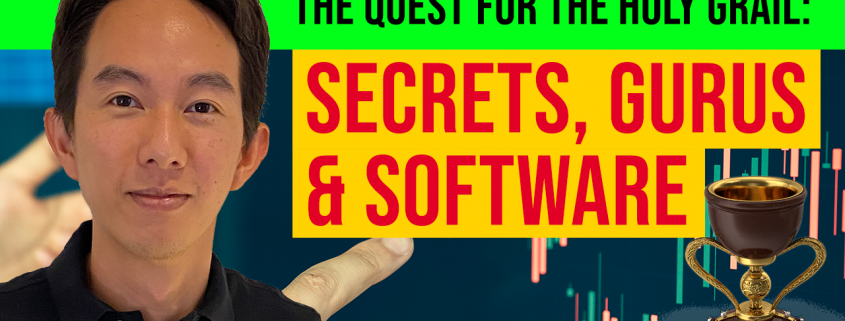Last weekend, we concluded another successful run of our 2-day program, adding another batch of new traders to our community. We had a mixture of new and old traders, as well as some previous batches of graduates sitting-in and helping out by providing useful feedback and asking relevant questions that I may have overlooked.
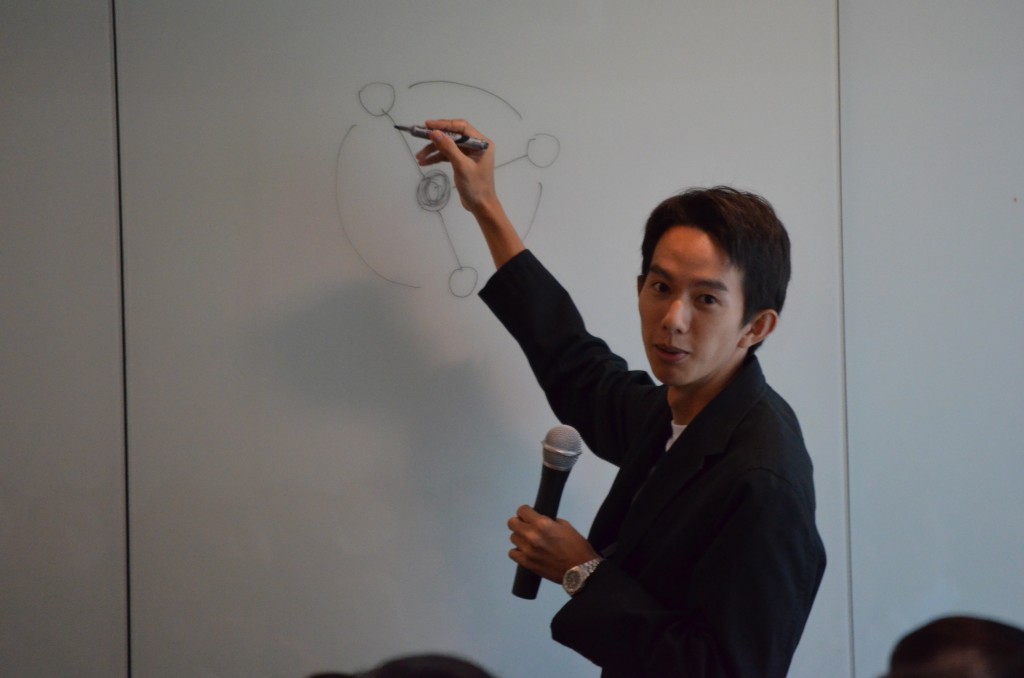
To the new traders, remember that application and practice is what it takes to make you a great trader! Do not waste the skills you have acquired – treasure them, use them, and perfect them.
It was a great weekend for me, and I would like to take this opportunity to wish you all the best, and thanks for your kind feedback and tesimonials. We will use these to further improve the program.
Feedback
“Useful for beginners and has helped me understand/know some of the terms/concepts in trading. Overall, flow is good and the essence of trading is covered well. Finally can understand your posting on the forum.”
– Mr. Koh
“Spencer is a young but very experienced trader. His program is value for money. Great for beginners and experienced traders.”
– Kelvin Ang
“A very structured, objective syllabus and system. Good for both beginners and advanced traders.”
– Joshua Leong (Entrepreneur)
“Good description of how to enter and exit the various setups.”
– Chris
“A very casual course with a good learning curve. Easy to understand explanations and a good follow-up program with the discussion forum.”
– Randall Ong
“Content was easy to follow and relevant, executable in the immediate future.”
– Andrew Lim (Royal Bank of Scotland)
To see more testimonials, click here.
https://synapsetrading.com/testimonials/

